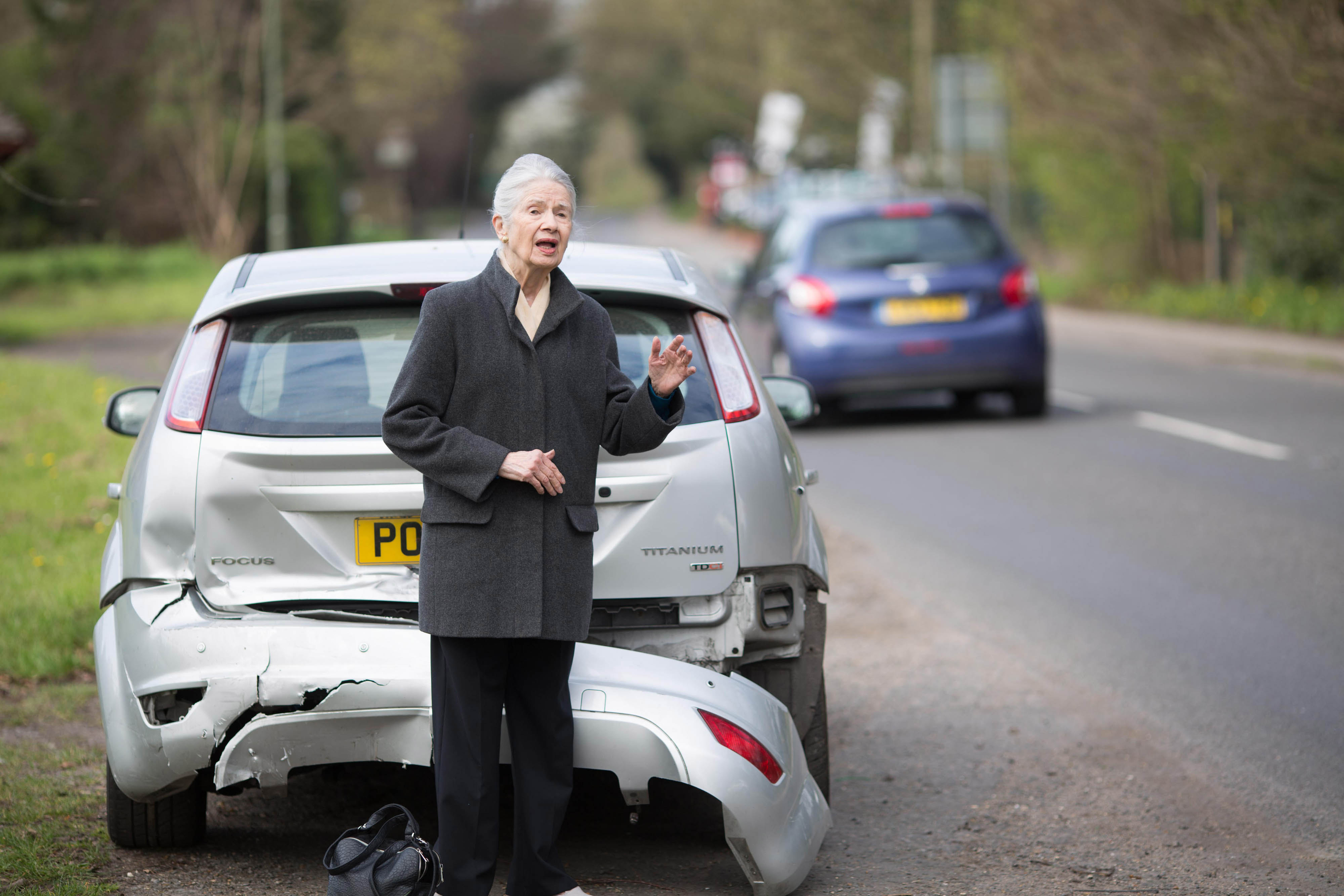
SOME 94% of drivers ignored an elderly lady stranded at the roadside in a social experiment.
Just 10 out of 247 vehicles stopped to provide assistance during the research on the A264 near Guildford, Surrey.
The experiment, commissioned by Direct Line Car Insurance, was conducted using actors standing next to a damaged car positioned close to a layby, where it was safe for motorists to pull over and help.
A separate survey of 2,006 UK adults found that only 9% would always offer assistance if they saw a driver needed help after an accident, with almost a quarter (23%) admitting they would never stop in those circumstances.
One in eight (12%) respondents felt they did not have the skills required to help, and 9% assumed everyone has a mobile phone and can call for support on their own.
Direct Line managing director of motor insurance Gus Park said: “Even though we all like to think we’d do the right thing and offer help to someone if they are stranded after an accident, there are multiple factors drivers need to consider before stopping to assist a fellow motorist.
“Drivers should find a safe place to stop, off the road and somewhere they won’t block the flow of traffic. They should also make sure it is safe before exiting their vehicle and take extra care when by the side of a busy road.”
The research shows that people in Birmingham are the most likely to always stop to help a stranded motorist, with 16% agreeing with that statement.
This is ahead of Cardiff (15%), Newcastle (14%) and Glasgow (12%).
The city where people are least likely to always offer assistance is Sheffield at 1%, followed by Nottingham (3%), Bristol (4%) and Norwich (6%).

Enjoy the convenience of having The Sunday Post delivered as a digital ePaper straight to your smartphone, tablet or computer.
Subscribe for only £5.49 a month and enjoy all the benefits of the printed paper as a digital replica.
Subscribe